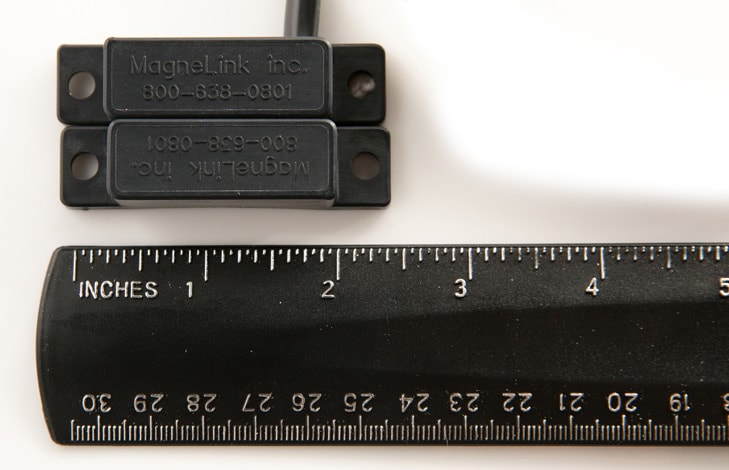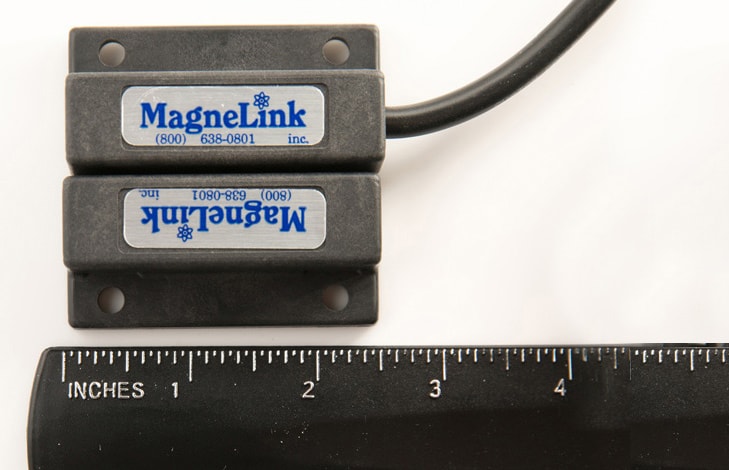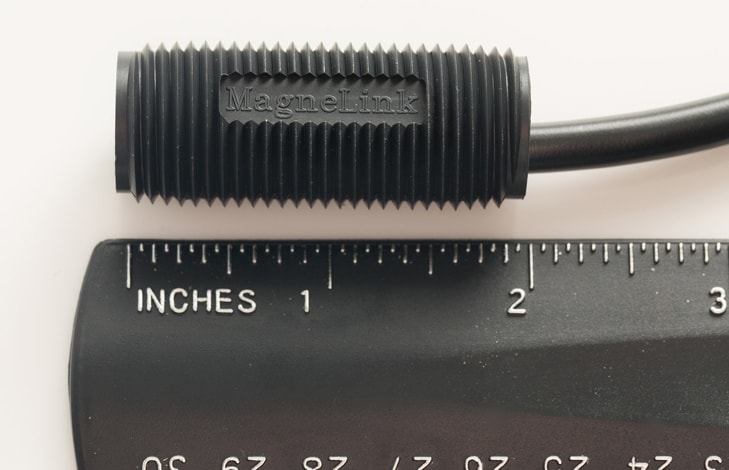A triac switch is a semiconductor device used in an AC voltage circuit that expands upon a typical thyristor device. Triac switches comprise two parallel thyristors that are inverted so that their two gate terminals are connected to one another. Unlike a normal thyristor, which can only control a current through half of the cycle, triac switches are able to control the current over both parts of the wave in an alternating current. With this design, triac switches are able to be activated by both positive and negative charges.
Triac switches are typically used with heavy, inductive loads, in a wide variety of applications that use AC voltage circuits. These switches are most commonly used for power control in AC systems with higher power switching needs. They are often used to control different lighting fixtures, including lighting dimmer switches. Many small motors and cooling fans in a wide range of different equipment also use triac switches. Triac switches excel at directly controlling relays and/or starter coils in motors used in AC circuits.
Transistor switches, on the other hand, operate with a DC voltage circuit. Like triac switches, they are intended for use with heavy inductive loads, but they are constructed a bit differently. Transistor switches are semiconductor devices that use a transistor that has had its base terminal biased differently to turn a DC circuit’s output on or off. When a small current passes through the transistor, it pushes a larger current through the transistor to the control circuit.
Transistor switches are commonly used in higher power applications than Reed switches. They work well directly controlling relays and/or motors and engines. In addition, they are often found in the microchips of computers and calculators, maps, and in automobiles.
To learn more about our Triac and Transistor switches and their applications, contact us.



